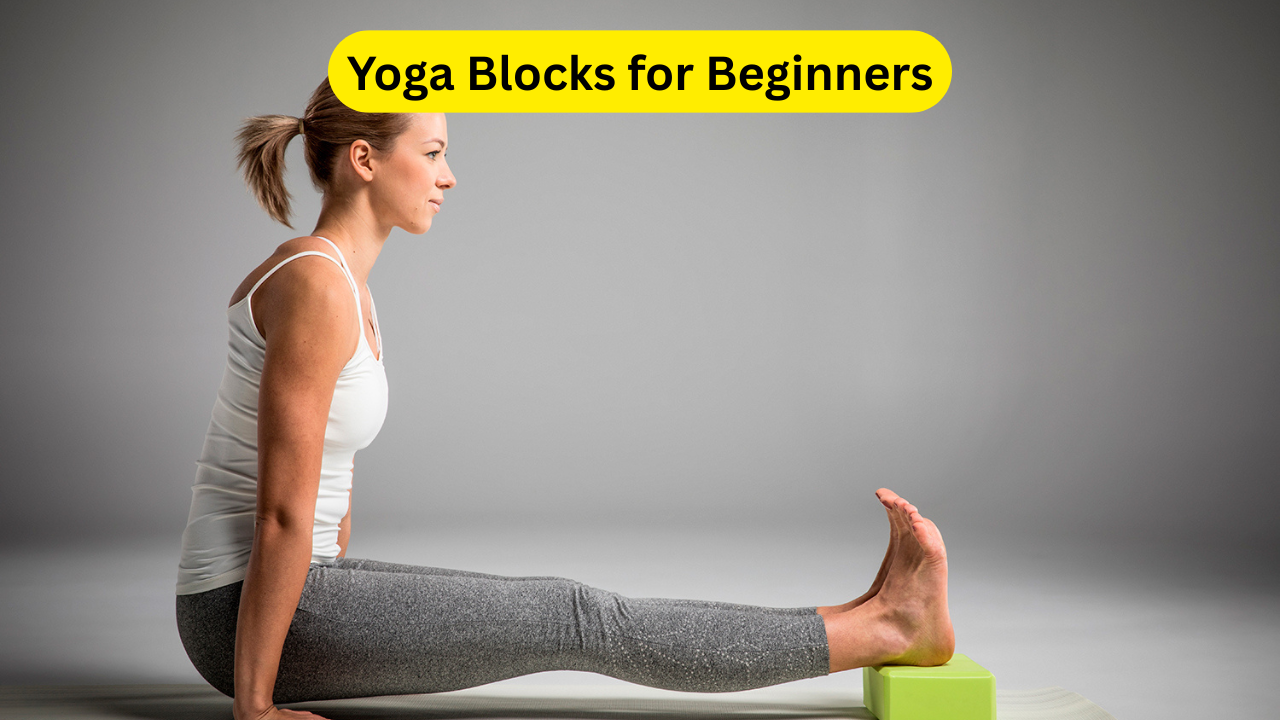Build Muscle While You Walk?: Build Muscle While You Walk: When it comes to building muscle, many people immediately think of weightlifting or intense resistance training, but what if there was a simpler way to add some muscle definition without hitting the gym? Walking, one of the most basic and natural forms of exercise, might be the secret to giving your muscles a bit of a boost. Though it might not lead to bulging biceps or sculpted calves overnight, incorporating walking into your fitness regimen can help with toning, muscle endurance, and overall muscle-building. The best part? You can walk almost anywhere, and it’s a low-impact exercise suitable for all fitness levels.
While walking may not place as much stress on your muscles as traditional weight training, it still has the potential to promote muscle growth, especially in the lower body. From your calves to your glutes, walking engages various muscle groups, and with a few simple modifications, you can maximize the muscle-building benefits of your strolls. Whether you’re walking on flat ground or adding some incline, using weights, or increasing your speed, your muscles are sure to get a workout. So, let’s explore how walking can help you build muscle and how to make the most out of your daily steps.
This article delves into the connection between walking and muscle building, offering insights on how to get the most out of your walking workouts. By incorporating strategic modifications, you can turn a simple walk into an effective muscle-building session. Here, we break down the science behind walking and muscle growth, the muscles targeted during walking, and the best practices for maximizing the muscle-boosting effects of your daily walks.
Walking and Muscle Building 101
Before diving into the specifics of how walking can help you build muscle, it’s important to understand the basics of muscle growth. When you engage in any form of exercise, your muscles are put under stress, causing small tears in the muscle fibers. This process is known as muscle breakdown. Afterward, your body works to repair and rebuild these fibers, making them stronger and larger, a process known as muscle hypertrophy.
Though walking doesn’t exert as much force on muscles as heavy weightlifting or intense cardio exercises, it still generates enough impact to stimulate muscle tissue breakdown, particularly in the lower body. Over time, with consistent walking, you can experience increased muscle tone, endurance, and strength, especially in the calves, hamstrings, glutes, and quads. Research has shown that incorporating regular walking into your fitness routine can increase the thickness of muscles in the legs and improve overall muscle quality, particularly in older adults.
That said, walking primarily activates slow-twitch muscle fibers, which are responsible for endurance and stamina rather than rapid muscle growth. If you’re looking for more substantial muscle bulking, activities like weightlifting, sprinting, and plyometrics engage fast-twitch fibers, which produce faster and more noticeable muscle growth. However, when paired with resistance training, walking can complement a well-rounded muscle-building regimen.
What Muscles Does Walking Work?

Walking is more than just a cardio workout; it engages a wide variety of muscle groups throughout your body. Understanding which muscles are activated can help you focus on specific areas you want to target while walking. Here’s a breakdown of the muscles worked during a typical walk:
1. Core
Your core muscles—abdominals, obliques, and lower back—are essential for maintaining stability and posture while walking. Engaging your core during your walk can also help improve balance and strengthen these muscles.
2. Glutes
Your glutes (buttocks) are heavily engaged with each stride, especially when walking uphill or on an incline. The glutes work to propel you forward, making them one of the key muscles targeted during a walking workout.
3. Hamstrings
Located at the back of the thigh, your hamstrings are responsible for bending your knee and helping you propel yourself forward with each step. Walking on slopes or inclines can particularly activate the hamstrings.
4. Calves
Your calves are constantly engaged when you walk, helping you push off the ground with each step. The more incline you add, the more your calves will work to propel you upward.
5. Quads
The quadriceps, located at the front of your thighs, help extend your knee and control the movement of your legs. Walking on stairs or uphill places additional strain on the quads, helping them build strength and tone.
6. Feet
Even your feet get involved in the walking action. The small muscles in your feet help maintain balance and stability, contributing to your overall coordination.
7. Arms
Though it may not be as obvious, swinging your arms vigorously during a walk can increase the blood flow to your upper body, providing a mild workout for your arms and shoulders. Incorporating arm movement increases the effectiveness of the walk by engaging the upper body.
Click Here: Sarvangasana Yoga: Benefits, Steps, and Detailed Insights
How to Maximize Muscle Building While Walking
If you want to transform your walking routine into a muscle-building workout, there are several strategies you can use to increase the intensity and challenge your muscles more effectively.
1. Increase Speed
One of the simplest ways to intensify your walking workout is to walk faster. By increasing your pace, you force your muscles to work harder, leading to more muscle engagement. Brisk walking can help tone muscles and increase overall fitness.
2. Add Incline
Walking uphill, whether on a natural incline or a treadmill, significantly engages your glutes, hamstrings, quads, and calves. The added resistance increases the intensity of your workout and helps build muscle strength. Try walking on hilly terrain or setting the treadmill incline to a higher level to maximize muscle activation.
3. Incorporate Weights
Adding weights to your walk can further enhance muscle building. Ankle weights add resistance to your lower body, while light handheld weights target your arms and upper body. A weighted vest can increase the overall resistance, forcing your entire body to work harder.
4. Mix in Hill Walking and Stairs
Incorporating stairs into your walking workout is an excellent way to challenge your muscles further. The increased effort required to lift your body up stairs or hills engages your quads, calves, glutes, and hamstrings, leading to enhanced muscle tone.
Benefits of Walking Beyond Muscle Building
While walking is an effective way to build muscle, it also offers several other health benefits that can complement your fitness routine.
1. Boosts Heart Health
Walking is primarily a cardiovascular activity. Regular brisk walks can strengthen your heart, improve circulation, and reduce your risk of heart disease.
2. Burns Calories and Reduces Fat
Walking is a great way to burn calories and reduce body fat. For those looking to build muscle definition, walking can help trim fat layers over the muscles, making them more visible.
3. Improves Balance and Coordination
Walking regularly enhances your balance and coordination by engaging various muscle groups, which can improve overall fitness and reduce the risk of falls.
Also Read: Unique Modified Mini Pickup with Ford V-8 Engine Heads to Auction
Build Muscle While You Walk? Conclusion
Walking may not be the first exercise that comes to mind when you think of building muscle, but it can certainly play a role in muscle toning and strengthening, especially in the lower body. By adding intensity through speed, incline, and weights, you can maximize the muscle-building potential of your walks. While walking alone may not provide the bulk and definition of intense weightlifting, it can complement other forms of strength training and contribute to a well-rounded fitness regimen.
Remember, the key to muscle building is consistency. Incorporating regular walks into your routine, along with other strength-building exercises, can lead to improved muscle tone, endurance, and overall fitness. Whether you’re walking for heart health, fat burning, or muscle building, the benefits of this simple exercise are undeniable.
Walking can also be a low-impact, accessible exercise for people of all fitness levels. It’s a great way to stay active, improve your health, and work towards your fitness goals, whether you want to tone up or build strength.
Build Muscle While You Walk? FAQs
1. Can walking really help build muscle?
Yes, walking can help build muscle, especially in the lower body. Walking engages muscles like your calves, glutes, hamstrings, and quads. While walking may not cause rapid muscle growth, it can lead to muscle toning and endurance improvement over time.
2. How can I make my walking routine more muscle-building?
To make walking more muscle-building, try increasing your walking speed, adding an incline (by walking on hills or using a treadmill incline), and incorporating weights such as ankle weights, handheld weights, or a weighted vest to add resistance.
3. Does walking work all the muscles in your body?
Walking primarily works the muscles of your lower body, including the calves, quads, hamstrings, and glutes. However, it also engages your core for stability and can activate your upper body muscles if you vigorously swing your arms.
4. How often should I walk to see muscle-building benefits?
For muscle-building benefits, aim to walk briskly at least 30 minutes a day, 3-5 days a week. To see more significant results, incorporate variations like speed, incline, and weight training into your walks.
5. Will walking alone give me a bodybuilder’s physique?
Walking alone may not lead to a bodybuilder’s physique, as it mainly engages slow-twitch muscle fibers responsible for endurance rather than fast-twitch fibers that lead to dramatic muscle growth. However, walking can be a great complement to a strength-training routine.









